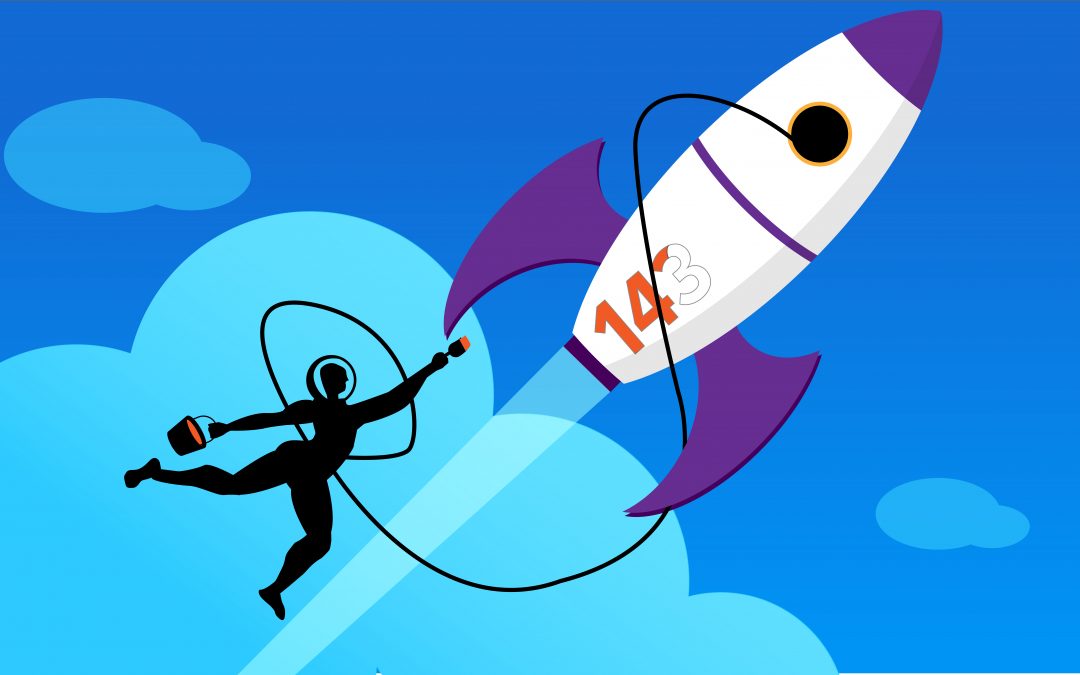Companies devote a lot of time, energy, and resources developing a product. This can put a lot of pressure to launch as quickly as possible. Startups, companies with limited resources, or those having to procure additional funding can feel even more pressure to get to market quickly. But in the rush to market, brand development can get shortchanged. In place of a thorough process where brand strategy, positioning, messaging, and design are given the proper amount of thought and consideration, the process can often be truncated, with the color palette and fonts chosen, and the website developed. Or instances where materials get developed with the understanding that once the time crunch is over, the entire effort will be redone. The net effect of each of these is a less-than-effective brand that can have an adverse long-term impact on marketing efforts, negating whatever short-term benefits were obtained by shortcutting the brand development.
But while it may be difficult to delay a launch if you’re hemorraging money or have investors breathing down your neck, it’s also true that you don’t get a second chance to make a first impression. In light of these conflicting pressures, is it possible to meet a launch date and still develop an effective brand that has staying power?
The answer is a qualified “yes.” With creative thinking and careful planning, it’s possible to develop a brand — one that goes beyond a logo, color palette and website — and still meet the launch date. The trick is to develop one with a foundation that can be expanded upon, rather than disposed of once the crunch of the launch has passed.
Having done this successfully for a number of our clients, I would be the first to admit that this is not the ideal way to develop a brand, and I would urge a client to avoid doing this if at all possible. But when the ideal comes up against the real, this approach makes much more sense since it maintains consistency, moves the brand forward, and ultimately is more cost-effective than launching with a bland and ineffective solution, only to have to revamp it or scrap it altogether and start over. A note of caution: despite the best of intentions to circle back and continue the brand development after the launch, this can be hard to do. Schedules don’t always slow down after a launch (and often speed up), and once the sense of urgency has passed, any additional branding efforts can get pushed to the back burner, or even to cold storage. Be diligent and build on all the momentum that was gained from the launch.
